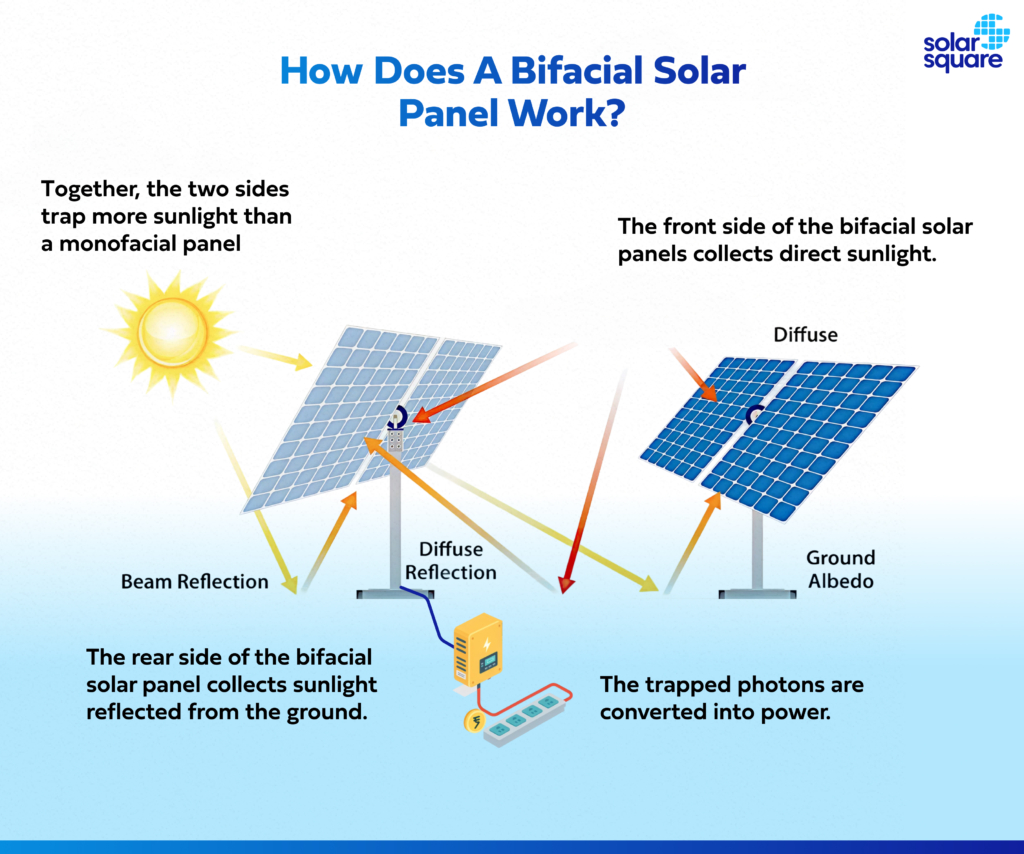What is a Multi-Junction Solar Cell? Working, Manufacture, Advantages, and Limitations
How does a multi junction solar cell work? Click here for a guide on what is a multi junction solar cell, its working, power output, the pros & cons. Read now. The post What is a Multi-Junction Solar Cell? Working, Manufacture, Advantages, and Limitations appeared first on Rooftop Solar for your home and more - Blog | SolarSquare.

A multi-junction solar cell is made up of multiple layers of semiconductor materials such as Gallium Indium Phosphide (GaInP), Indium Gallium Arsenide (InGaAs), and Germanium (Ge), placed on top of each other. Different semiconductors are used to make multi-junction solar cells because each layer can absorb a specific range of wavelengths from sunlight. Since each sub-cell has its own p-n junction, the overall cell can convert more sunlight into electricity.
Unlike a traditional single-junction solar cell that uses silicon as a semiconductor and contains just one p-n junction, a multi-junction solar cell can capture and convert a broader spectrum of solar energy into electricity. However, multi-junction photovoltaic cells are currently used more widely in space applications and concentrated photovoltaic (CPV) systems. Their mass adoption in rooftop solar panels for homes and housing societies in India is still a future prospect, as the technology is currently too expensive.
This blog will take you through the working principle of multi-junction PV cells, how they are made, their advantages, disadvantages, and why traditional silicon solar panels, like bifacial solar panels, are better for installing rooftop solar for housing societies and homes.
TL;DR Summary Box: Are Multi-Junction Solar Cells Better for Rooftop Installations and Homes and Offices?
Multi-junction photovoltaic cells haven’t reached a stage where the masses can adopt them for installation on rooftops. These solar cells are not designed to withstand the harsh weather conditions frequently encountered on roofs. Moreover, they are 2 to 2.5 times more expensive than single-junction traditional solar panels.
Here’s a summary of the key points which have been discussed at length in this blog post:
Topic Description Definition and working Multi-junction solar cells are advanced solar cells that stack multiple layers of different semiconductors on top of each other.
Each layer, or sub-cell, has a different bandgap.
Different bandgap design allows the cell to absorb a specific portion of the solar spectrum.
This layered design increases the overall light absorption and results in significantly higher efficiency.How are multi-junction solar cells made? Step 1: Choosing semiconductor materials
Step 2: Substrate preparation
Step 3: Stacking the layers on top of each other
Step 4: Precision layering
Step 5: Creating tunnel junctions between sub-cells
Step 6: Applying the anti-reflective coating
Step 7: Adding front and back contacts
Step 8: Multi-junction solar cells produced are testedEfficiency Under concentrated sunlight: ~47%
Under standard conditions: ~33.5%Advantages of multi-junction photovoltaic cells They have high efficiencies under concentrated light and a low temperature coefficient. Limitations of multi-junction solar cells They do not work well when sunlight is not direct. Moreover, they’re too expensive and fragile to be installed on rooftops for residential or industrial purposes.
What Are Multi-Junction Solar Cells?
Multi-junction photovoltaic cells are advanced solar cells made up of multiple sub-cells from different semiconductor materials, stacked on top of one another. Each sub-cell has a specific bandgap that’s optimized to absorb a different portion of the solar spectrum, including shorter (ultraviolet), visible, and longer (infrared) wavelengths.
As a result of optimized absorption of different wavelengths of sunlight, multi-junction solar cells achieve significantly higher efficiencies than traditional single-junction silicon PV solar cells that primarily absorb photons from the visible and near-infrared regions of the spectrum. Under concentrated sunlight, the efficiency of a multi-junction solar cell can exceed 47%, while under standard conditions, it can reach 33.5%.
What is the Difference Between Single-Junction and Multi-Junction Solar Cells?
Single-junction solar cells are made of one semiconductor material (mostly silicon) that can absorb sunlight from the visible and near-infrared regions of the solar spectrum, and have only one p-n junction. On the other hand, a multi-junction solar cell uses multiple semiconductor materials that can absorb a wide range of the solar spectrum (UV, visible, and infrared), and has multiple p-n junctions. As a result, it’s capable of converting more sunlight into electricity.
Let’s explore the major differences between the two types.
Feature Multi-Junction Solar Cells Single-Junction Solar Cells Structure Composed of multiple stacked sub-cells, each with a different bandgap Contains a single p-n junction made from silicon Materials used Gallium Indium Phosphide (GaInP), Indium Gallium Arsenide (InGaAs), and Germanium (Ge) Crystalline Silicon (monocrystalline or polycrystalline) Bandgap engineering Each sub-cell has a specific bandgap tailored to absorb a different solar spectrum One fixed bandgap Sunlight absorption Absorbs ultraviolet (UV), visible, and infrared (IR) light Absorbs visible and near-infrared light Efficiency Under concentrated sunlight: ~47%
Under standard conditions: ~33.5%Bifacial solar panels: Up to 22%
Bifacial Mono-PERC solar panels: Up to 22.5%
Monocrystalline solar panels: 19-20% Temperature sensitivity Lower temperature coefficient makes them more stable at high temperatures High-quality bifacial modules have a lower temperature coefficient, making them suitable for high temperature Manufacturing process complexity Highly complicated Comparatively straightforward and simpler than multi-junction solar cells Cost Very expensive (2-2.5 times more than single-junction solar cells)
Prices unsuitable for residential installations Comparatively affordable than multi-junction solar
Bifacial and bifacial Mono-PERC panels are highly suited for commercial rooftop systems and residential installations at homes and housing societies Commercial availability Limited.
They’re used mostly in aerospace, satellites, and CPV systems.Widely used in rooftops, utility-scale solar farms, and portable devices Durability and proven lifespan Durable in controlled environments (space)
Less tested for harsh weather over decadesProven lifespan of 25+ years under harsh weather conditions Technological maturity Still evolving Highly mature and globally adopted Best use cases NASA spacecraft, Mars rovers, high-end concentrator PV systems Homes, offices, solar farms, streetlights, solar chargers
How Are Multi-Junction Solar Cells Manufactured?
Multi-junction solar cells are made of semiconductor materials like Gallium Indium Phosphide (GaInP), Indium Gallium Arsenide (InGaAs), and Germanium (Ge) that are stacked on top of each other. It takes a series of steps, carefully executed, to produce these cells.
- Step 1 – Choosing semiconductor materials: Each layer in a multi-junction solar cell is made of a different semiconductor material. The topmost layer is made of GaInP (Gallium Indium Phosphide) that absorbs UV or blue light. The middle layer is made of InGaAs (Indium Gallium Arsenide) that absorbs visible light. The bottom layer is made up of Ge (Germanium) that absorbs infrared light. This design helps the multi-junction solar cell use more sunlight efficiently than a normal single-layer cell.
- Step 2 – Substrate preparation: The entire cell is raised on a base layer, which is called the substrate. It’s the bottom layer of the cell, usually made of Ge (Germanium) to provide mechanical support to the entire structure. It’s ultra-pure, flat, and crystalline.
- Step 3 – Stacking the layers on top of each other: The different semiconductor layers known as sub-cells are grown on top of each other using a process called Metal-Organic Chemical Vapor Deposition (MOCVD). In this process, chemical compounds in the gaseous state are introduced into a chamber. These chemicals react and deposit thin semiconductor layers one at a time.
- Step 4 – Precision layering: Each layer is precisely aligned so electrons and light pass through correctly.
- Step 5 – Creating tunnel junctions between sub-cells: A tunnel junction is added between each semiconductor layer. This is a very thin layer that connects the p-type layer of one cell to the n-type layer of the next. It allows electrons to flow smoothly from one sub-cell layer to another.
- Step 6 – Applying the anti-reflective coating: The top surface of the multi-junction solar cell is properly coated with an anti-reflective coating that minimizes the amount of sunlight reflected away from the cell. The main objective behind adding this coating is to ensure that maximum sunlight gets absorbed by the cell.
- Step 7 – Adding front and back contacts: Electricity needs to be extracted from the solar cells. Hence, metal contacts are added. The front contacts, known as metal grids, are added to collect electrons from the top. The back contacts are added underneath the substrate layer (the bottommost layer).
- Step 8 – Multi-junction solar cells produced are tested: A simulated sunlight atmosphere is created in lab settings, where each cell produced is tested for efficiency and defects.
How Do Multi-Junction Photovoltaic Cells Work? A Step-by-Step Guide
Multi-junction solar cells work on the same photovoltaic principle that single-junction solar cells use to convert sunlight into electricity. Photons in the sunlight loosen electrons in the solar cells, which kickstart the flow of electrons. This flow of electrons generates electricity in the form of a DC power current.
Now, let’s understand the step-by-step working of these cells.
- Step 1 – Sunlight hits the multi-junction solar cell: When sunlight falls on the cell, the different semiconductor layers are exposed to ultraviolet (UV) light, visible light, and infrared (IR) light. The top layer absorbs the high-energy light (UV or blue). The middle layer absorbs medium-energy light (visible). And the bottom layer absorbs low-energy light (infrared). As a result of this advanced design, the cell uses more sunlight instead of wasting it.
- Step 2 – Each layer in the multi-junction solar cell generates electricity in the form of DC power: Inside each sub-cell, there’s a p-n junction. When light hits a layer, it knocks electrons loose. These electrons move and create an electric current in the form of DC. This process of direct current (DC) generation takes place in each layer.
- Step 3 – Tunnel junctions connect the sub-cells and help the entire cell work together: The tunnel junctions let the electricity from one layer flow into the next. They link all the sub-cells together, allowing the energy to pass down the stack.
- Step 4 – The electricity generated flows out through the metal contacts: The moving electrons are collected by metal contacts on the top and bottom of the cell. The front contact allows light to pass through while generating electricity. The back contact completes the circuit, creating a steady flow of electricity from sunlight.
What Are the Advantages of Multi-Junction Solar Cells?
Multi-junction solar cells are among the most advanced solar cells, achieving efficiencies as high as 47% under concentrated light. They do not waste sunlight. Instead, each sub-cell in a multi-junction solar cell absorbs sunlight of a specific wavelength.
Let’s check out the key benefits that have made multi-junction photovoltaic cells a promising solar technology to watch out for:
- High efficiency and less energy wastage: Under concentrated light, these cells have shown efficiency of up to 47%. Since each layer in the cell captures sunlight, very little is wasted as heat.
- Low temperature coefficient: This makes the performance of multi-junction PV cells very stable at high temperatures.
- Perfect for places with space limitations: Their high efficiency means you need less surface area to produce high amounts of power. This is perfect for satellites, drones, or concentrated photovoltaic (CPV) systems where space is limited. In fact, these can power satellites, Mars rovers, and space stations.
What Are the Disadvantages of Multi-Junction Photovoltaic Cells?
Multi-junction solar cells are not economically viable for installing solar panels at homes and housing societies. In fact, their cost is so high that it’s not viable to install them at utility-scale in solar farms either. Their high cost is their biggest disadvantage.
Let’s explore the major limitations of these solar cells:
- Very high manufacturing cost: Their high cost has made them unsuitable for widespread rooftop solar installations at homes, housing societies, and offices. They are known to be 2 to 2.5 times more expensive than traditional single-junction solar panels made of silicon.
- Complicated manufacturing process: Growing multiple layers with perfect crystal alignment is extremely challenging. This makes scaling up for mass production hard and expensive.
- These cells are very fragile and unsuitable for harsh weather conditions: They are typically built on thin substrate layers and delicate materials. As a result, they are not as mechanically durable as standard silicon cells.
- Their efficiency drops significantly when direct sunlight is reduced: Although their efficiency under concentrated sunlight is much higher than that of traditional silicon single-junction solar cells, the efficiency stays high only under direct sunlight. Which means, if there’s cloud cover, electricity production can take a serious hit. This is another reason why these solar cells are not yet suitable for mass adoption.
- Expensive and complicated maintenance: Maintaining them adds to the expense. When used in CPV systems, additional cooling may be required, which increases the overall cost.
- Can pollute the environment: Multi-junction solar cells currently use a mix of rare materials that are not easy to recycle. Naturally, the environmental impact from end-of-life disposal could be a concern unless properly managed.
Why Are Traditional Silicon Solar Panels Better for Residential and Industrial Installation?
Unlike multi-junction solar cells, which perform well only under direct sunlight and controlled weather, traditional silicon solar panels are designed to withstand extreme weather conditions commonly encountered when installing rooftop on-grid solar systems. Although the efficiency of silicon solar cells is lower, they are far more suitable for rooftop solar installation in India.
Let’s check out the multiple reasons that make silicon solar panels a far better option for rooftop solar panel installation in India.
- Durable and long-lasting even under harsh weather conditions: When purchased from reputable solar panel manufacturers, silicon solar panels last for a minimum of 25+ years. And with proper and timely maintenance, most solar panels continue to work at 80% efficiency even after 25 years.
- Latest technology panels work well even under clouds or partial shading: Mono-PERC half-cut single-junction solar cells are specially designed to augment electricity generation under a cloud cover or partial shading.
- Affordable for residential installations: The Indian government offers homeowners and housing societies installing on-grid rooftop solar systems a subsidy under the PM Surya Ghar Muft Bijli Yojana. However, the subsidy is not offered when installing off-grid solar systems. Moreover, installing off-grid solar systems is more expensive than on-grid solar. So, if you live in an urban area with reliable grid power, choosing on-grid solar is a better investment.
- Quicker payback period and electricity bills slashed by at least 90%: The cost of installing on-grid solar can be recovered in 3 to 5 years. After that, you practically get free electricity. The monthly electricity bills drop by at least 90%,resulting in significant savings throughout the system’s lifetime.
Want to check out how much money installing a solar system saves for you? Use SolarSquare’s rooftop solar calculator to get an estimate for free!
Calculate your savings

Forecast your savings with solar on your investment on the SolarSquare’s plant

Conclusion
Multi-junction solar cells use multiple layers of semiconductor materials to absorb more sunlight, which means more electricity production. While they’re widely used in space stations, the technology isn’t yet stable enough for mass installations on rooftops at homes, housing societies, and industries.
If you’re considering solar installation, an on-grid rooftop solar system in India is the best bet for the best return on investment. Have further questions? Book a free solar consultation with SolarSquare today.
FAQs
Q1. What is the highest efficiency of a multi-junction solar cell?
Ans. The highest reported efficiency of multi-junction solar cells under concentrated light is 47%. Under normal conditions, these cells have a reported efficiency of 33.5%.
Q2. What is the difference between tandem and multijunction solar cells?
Ans. A tandem solar cell refers to a solar cell with two different semiconductor layers (or sub-cells), each with a different bandgap, stacked to capture more sunlight than a single-junction cell. On the other hand, a multi-junction solar cell is a broader category that includes two or more such layers. The key difference is that tandem means exactly two layers, while multi-junction can mean two, three, or even more layers stacked together. So, all tandem solar cells are multi-junction, but not all multi-junction solar cells are tandem.
Q3. What is the solar panel price in India?
Ans. The cost of installing rooftop solar at homes in India with a subsidy under the PM Surya Ghar Muft Bijli Yojana ranges from ~Rs. 95,000* in Lucknow for a 2 kW solar system to ~Rs. 5,62,000* in Bengaluru for a 10 kW solar system. *Disclaimer: The above-mentioned solar panel price in India is indicative as of 29th July 2025 for the SolarSquare Blue 6ft variant. The final cost of solar panel installation depends on your DISCOM charges, product variant opted for, panel type, inverter type, mounting structure height, type of after-sales service, savings guarantee, roof height, etc. Prices are subject to change.
Q4. Which is better, on-grid or off-grid?
Ans. On-grid solar is always a better investment than off-grid solar systems when it’s being installed on rooftops at homes or housing societies with a reliable power grid. The two major reasons why on-grid solar is better are: The government offers a subsidy for installing on-grid solar. On-grid systems eliminate the hassle of lithium batteries associated with off-grid solar. The involvement of a battery bank made of lithium batteries makes off-grid solar more expensive.
The post What is a Multi-Junction Solar Cell? Working, Manufacture, Advantages, and Limitations appeared first on Rooftop Solar for your home and more - Blog | SolarSquare.
What's Your Reaction?






































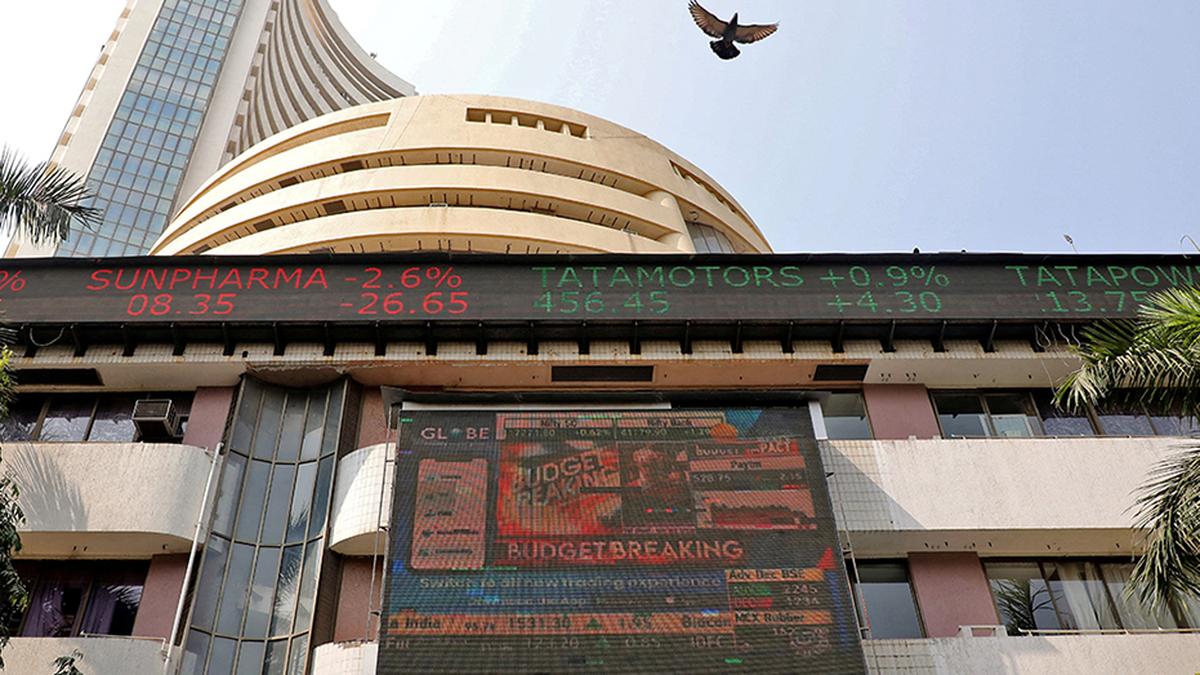













































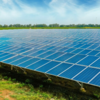
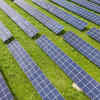


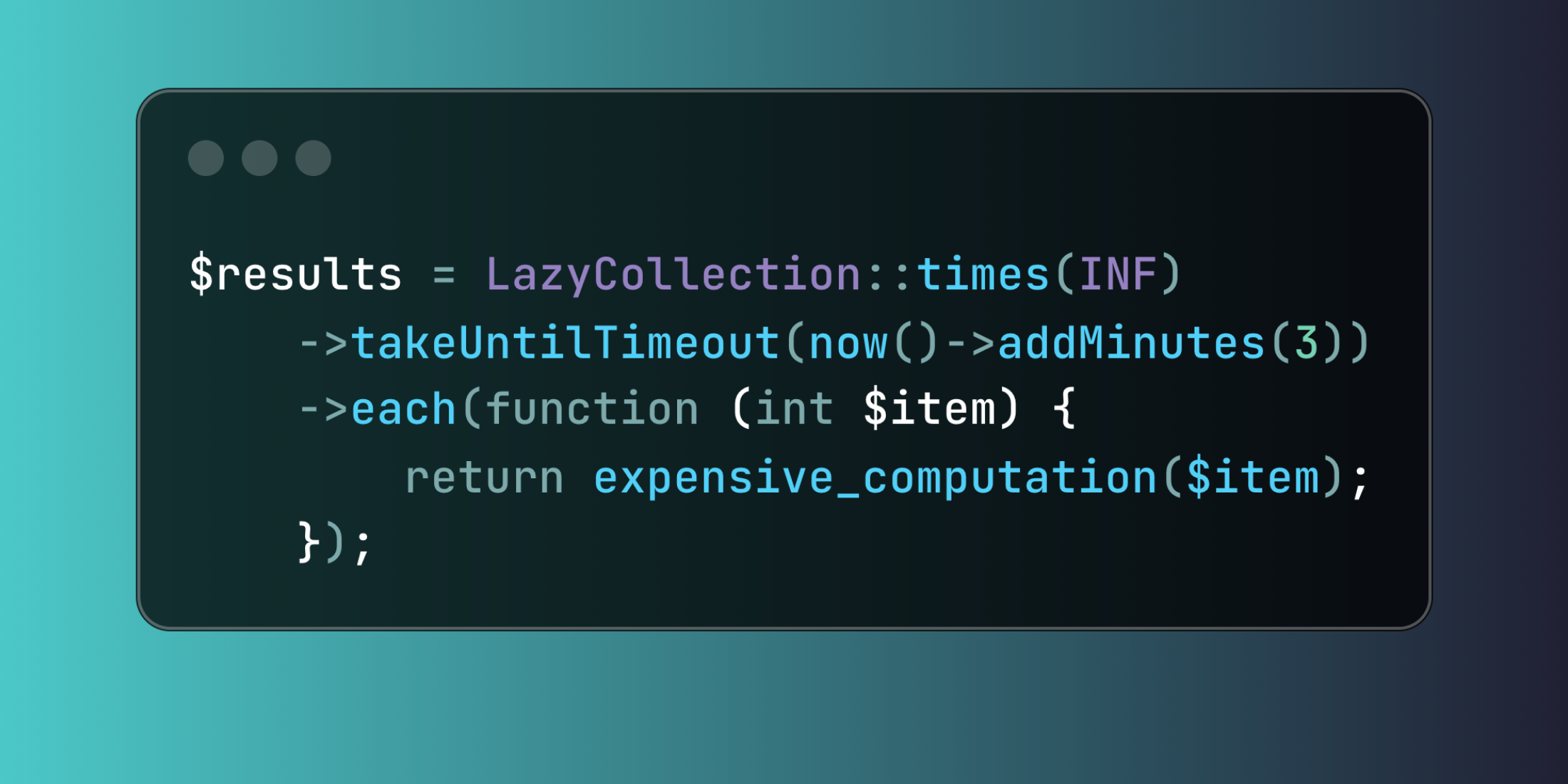


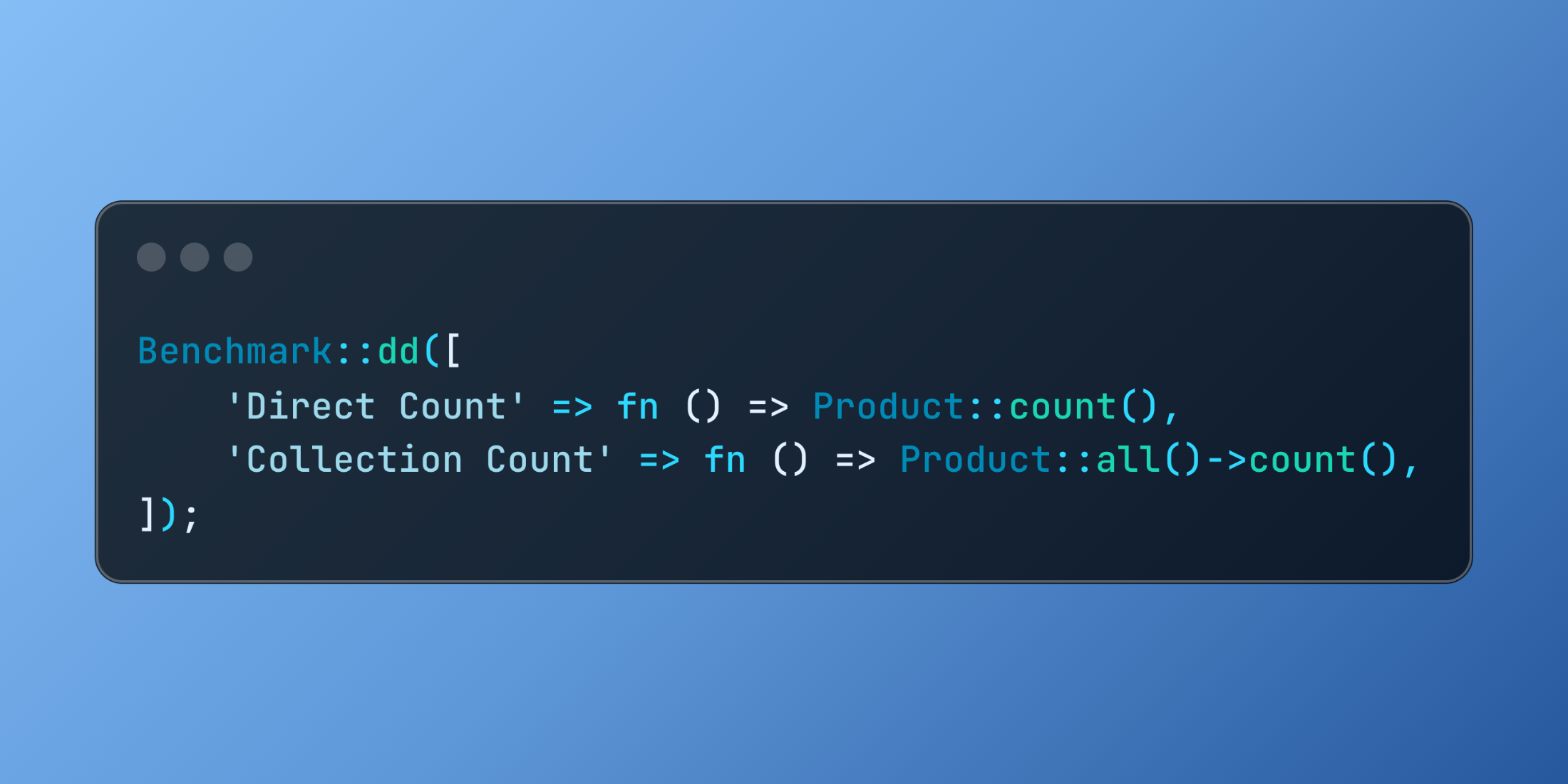







.svg)

